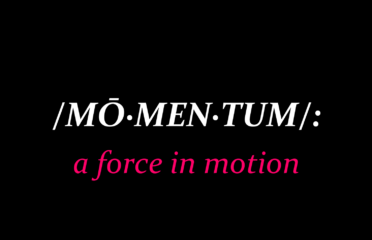Domestic Violence & Black People
The Silent Killer
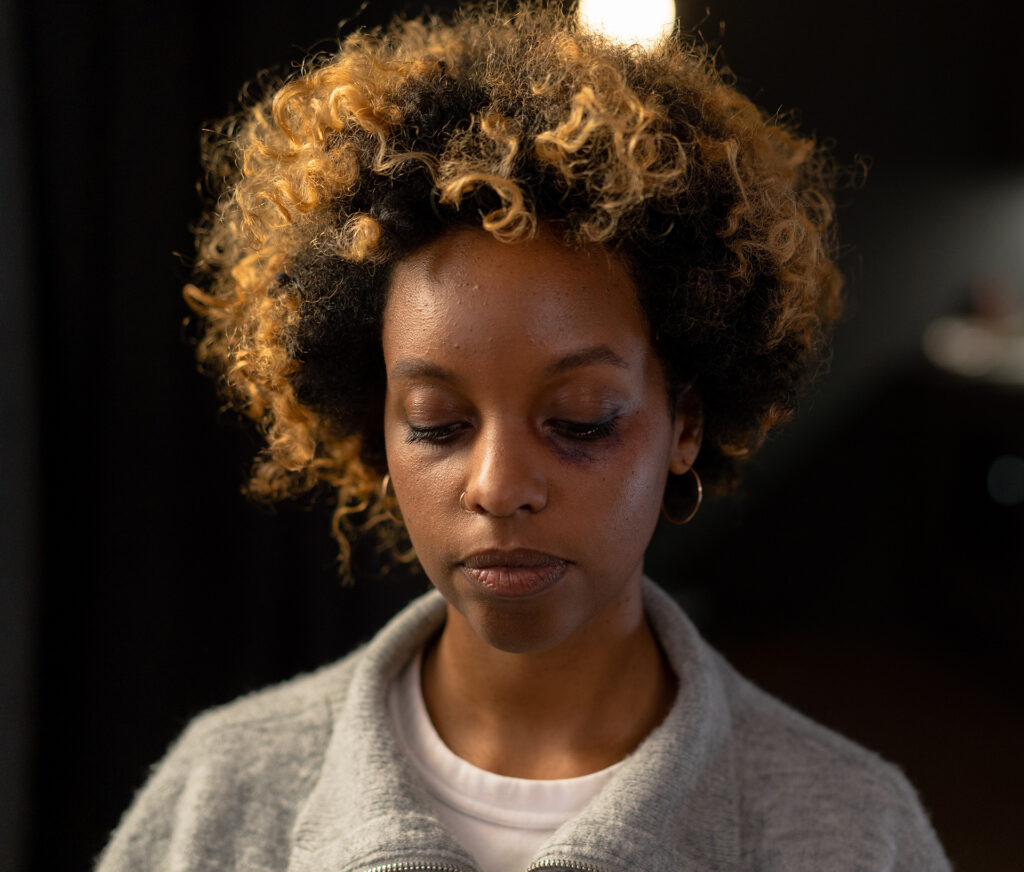
The Story
The night she finally got the courage to plan her escape. It was 1998 and her husband came home high as usual. She knew the moment he walked in the door he was going to hit her. But she put on a brave face and prepared. He walked over to the bed as she lay there scared, knowing the drama was about to get real. He touched her leg and said, “I want to make love.” Clearly, this man had no idea what love was and she was tired. Being the only one bringing in income, she had to work in the morning, but that didn’t mean anything to him. He wanted what he wanted when he wanted it. Yet, still, she said “No.” He begged and pleaded with her until she finally gave in.
As soon as he got on top of her bearly making a connection, he stopped abruptly and said, “You feel different.” She looked at him confused and bewildered knowing she hadn’t been with anyone else and said “What are you talking about.” He then began to restrain her with one hand and hit her with the other. As he hit her, she fought back and pushed him away. However, right before she was successful in her escape, he bent over to the left side of her back and bit her. The bite was so deep he actually took a chunk of her flesh out of her and with no mercy spit it in her face.
The Facts
Stories like these are often heard way too late when it comes to domestic violence. Normally, you never hear about how badly one is treated until someone has been badly hurt or even killed. However, domestic violence is a common thing in the black community.
Black women are three times more likely to be killed by a current or former partner than members of other racial groups. In addition, The National Intimate Partner and Sexual Violence survey found that 41% of Black women experience physical violence at the hands of an intimate partner compared to 31% of White women, 30% of Hispanic women, and 15% of Asian or Pacific Islander women. The problem is black women don’t talk about the abuse as much as others because of the shame attached to the abuse.
Why does abuse flourish in the black community?
There are many reasons why black women will allow themselves to suffer without any recourse. The biggest one is that when they reach out for help, in many cases their partner is killed by law enforcement, and living with that is unbearable. According to the Women’s Community, Inc., Black women are often reluctant to call the police because of past injustices they have witnessed or experienced. Most black women would rather suffer than allow someone they love to die at the hands of law enforcement.
Another reason black women won’t talk is that they have been trained to believe that suffering is a part of their makeup as women. For centuries, black women have been called strong and told they can handle anything. The Black woman has been given the brunt of the responsibility of raising their children by themselves, working and taking care of the home. They have been tasked with taking care of others who were not even family members and nurturing them as if they were their own. Therefore, they focus on nurturing everyone else, but never really take the time to nurture or love themselves enough to know when enough is enough. It’s time for black women to know that asking for help isn’t a shameful thing. And when it comes to abuse, no human body was designed to take physical abuse. Recently, about a year ago Pensacola lost a valued coach of Pensacola State College, Carla Williams, to violence, but no one knew she was being abused until it was too late.
One major reason abuse flourishes within the black community is the lack of respect that many black men and women have developed for the black woman. It’s easy for a black man or woman to call a woman a derogatory name without blinking. It’s in the songs played on the radio and our daily conversation.
Until black men and women can start restoring the respect that has been lost from the harsh words used to describe each other, it will be hard for us to look past what we say. Words absolutely have power. More importantly, it’s time for black people to stop using the stigma of thinking everyone is against us and talk about issues that may save our lives.
Cycles of Abuse
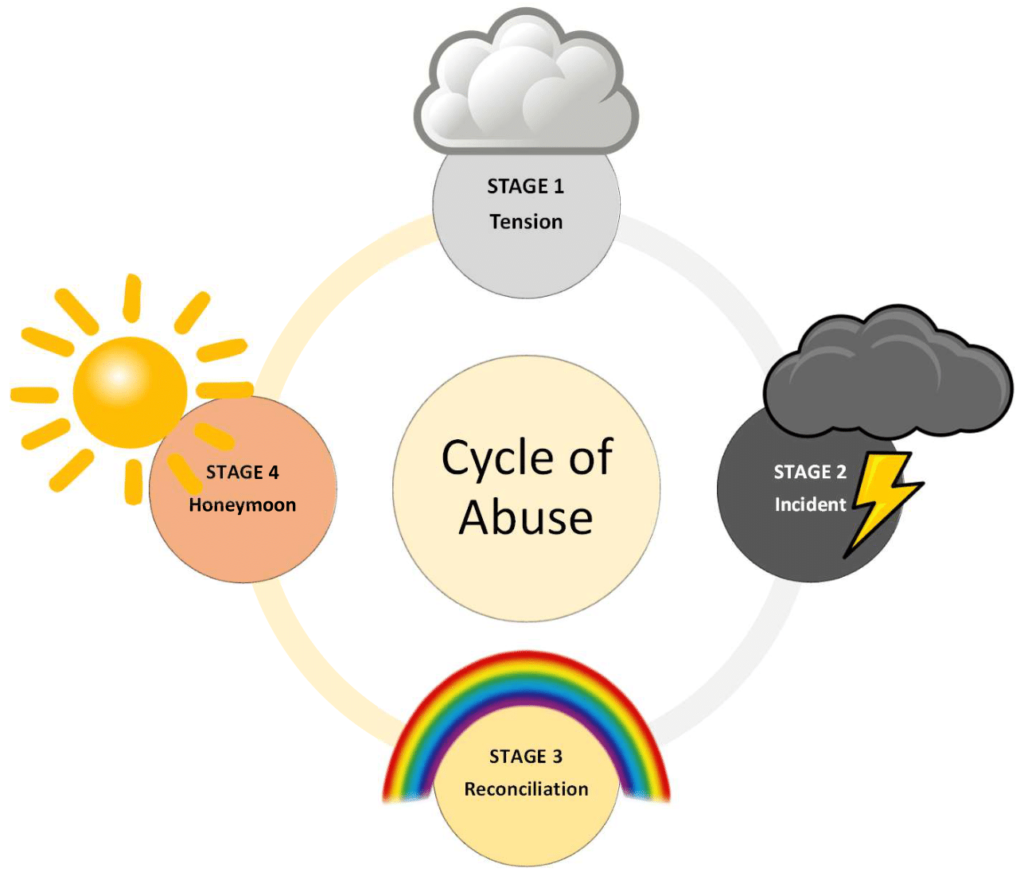 Abuse doesn’t just happen. No one ever just halls off and slaps a person without there not being a cycle that takes place. Every moment has a time-lapse that creates another moment. That’s how abuse works. Part of why so many victims choose to stay with their abusers is that there is a cycle of abuse. The cycle makes you think that it will never happen again. But in most cases it always does.
Abuse doesn’t just happen. No one ever just halls off and slaps a person without there not being a cycle that takes place. Every moment has a time-lapse that creates another moment. That’s how abuse works. Part of why so many victims choose to stay with their abusers is that there is a cycle of abuse. The cycle makes you think that it will never happen again. But in most cases it always does.
Stage 1: Tension-Building
Tension builds right before an abusive incident occurs. This stage includes passive-aggressive behavior on the part of the abuser, poor communication, and escalating tension between two people. The victim often strongly fears angering their partner. Therefore, in this stage, victims often try to change their behavior to prevent a violent or abusive episode.
Stage 2: Incident of Abuse
This stage involves an abuser trying to dominate their victim through acts of violence, such as kicking, hitting, pushing, biting, and throwing objects, or emotional abuse such as shouting, threatening, and name calling.
Stage 3: Reconciliation
In the reconciliation stage, the abuser apologizes for harming the victim and is affectionate and caring. They may choose to ignore the incidents of abuse, minimize them or blame them on the victim. In this stage, the abuser will make it seem as though the violence is finished, assuring the victim that such incidents will never occur again or that the abuser will change. The abuser often shows sadness and remorse, some will even threaten suicide to prevent the victim from leaving. Abusers may then shower victims with love, buying them gifts and treating them with extra kindness.
Stage 4: Honeymoon Period
The abusive relationship becomes relatively peaceful and calm during this phase, which often convinces the victim that the abuser has indeed changed. Conflicts inevitably arise, however, which lead again into the tension-building stage of the relationship.
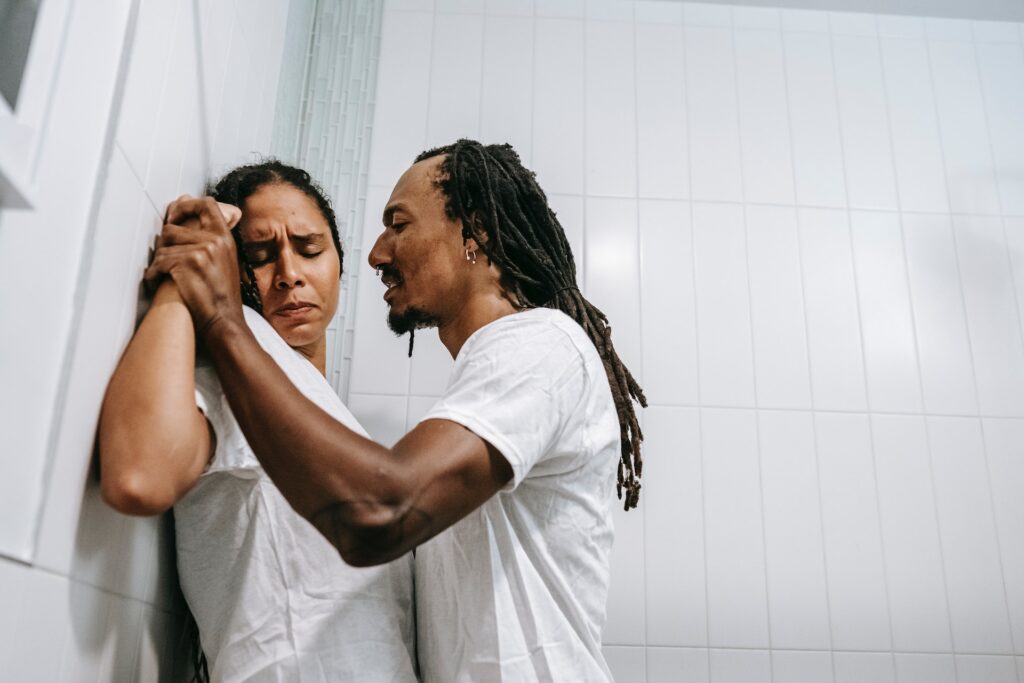
Noticing the Signs of Abuse
There are various signs that you are in an abusive relationship. Those signs include:
— Checking your cellphone or email without permission
— Constantly putting you down
— Extreme jealousy or insecurity
— Explosive temper
— Isolating you from family or friends
— Making false accusations
— Mood swings
— Physically hurting you in any way
— Possessiveness
— Telling you what to do
One thing to remember, if a person starts out abusive they will never stop even if they promise that they will. Most-likely abuse will continue. The only way to combat abuse is to find a way out.
Most don’t believe that there is a way out but trust and believe that there is. The first step is admitting you need help. Admit it to yourself and then tell someone else. The moment you do this, you take back the power stolen from you by your oppressor. To get additional help please call the Domestic Violence Hotline at 800-799-7233. It’s 24/7 and with them you can make a plan of escape.
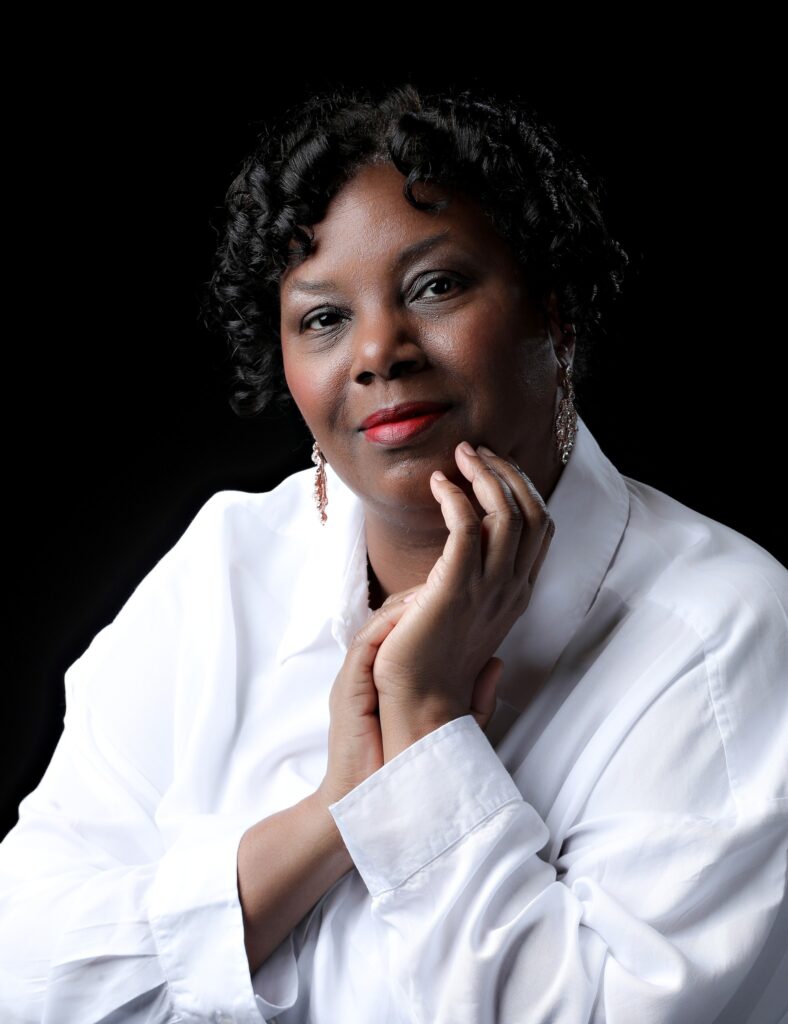
by Katrice Johnson
I’m a graphic designer and web designer. I am also the author of three books and working on my fourth now.
For more information about me and how I can help you with your business, please go to my website Graphic Grooves Consulting




